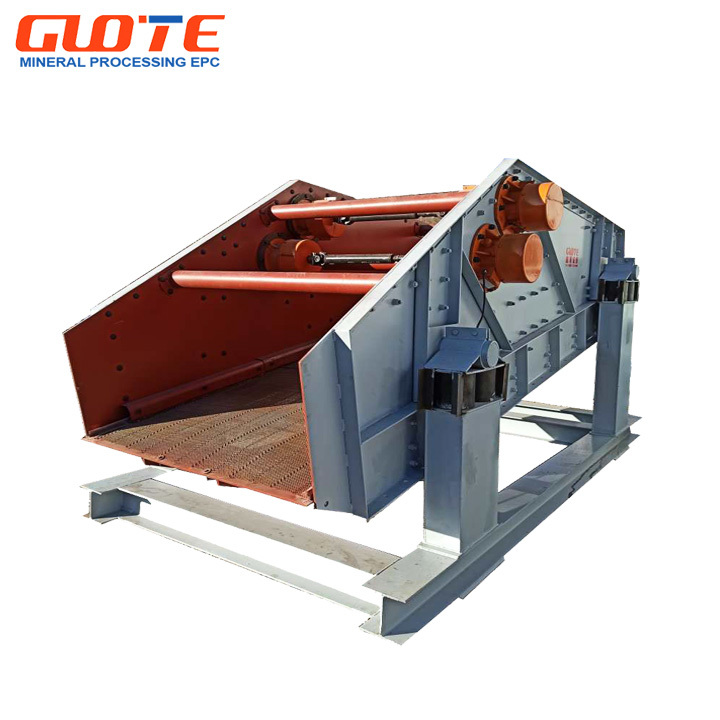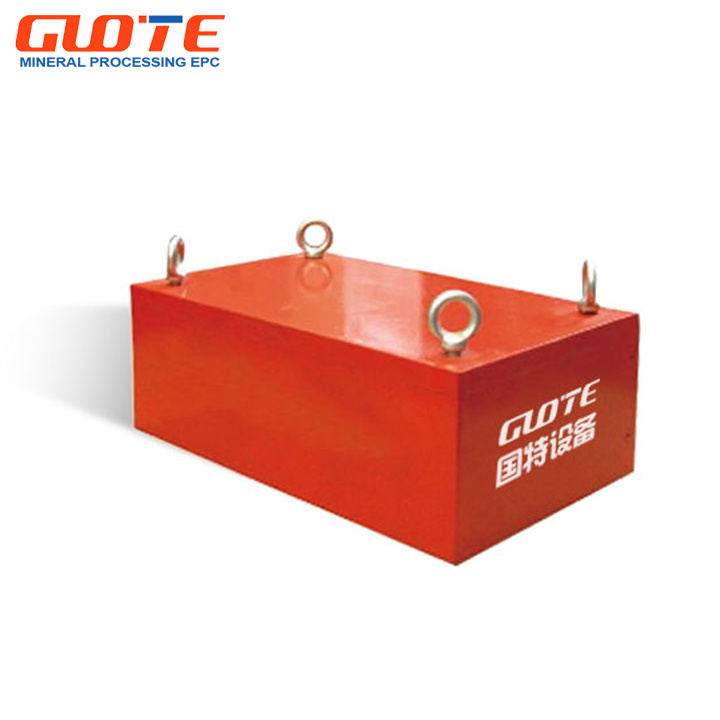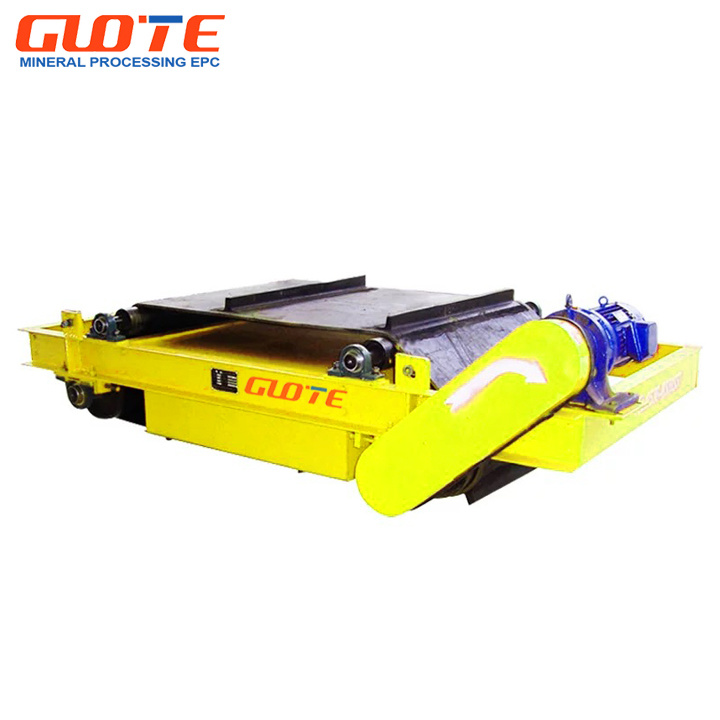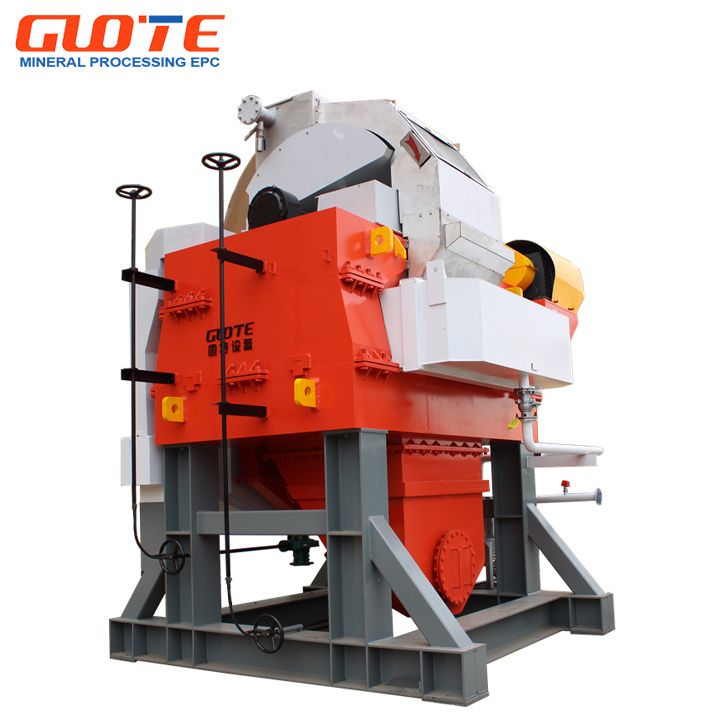Exploring the Advancements in China Quartz Powder Production Lines
In recent years, the demand for high-quality quartz powder has surged globally, driven by its wide-ranging applications in industries such as glass manufacturing, ceramics, electronics, and construction. China, as one of the world’s largest producers of quartz powder, has made significant advancements in its production technology and processes. Understanding these developments is critical for professionals in the manufacturing and processing machinery sector.
A quartz powder production line typically involves several key stages, including raw material extraction, crushing, grinding, and packaging. The quality of the final product relies heavily on both the machinery employed and the techniques used during the production process. In China, manufacturers have adopted advanced technologies such as automated control systems and high-efficiency grinding mills. These innovations not only improve the purity and particle size distribution of the quartz powder but also enhance operational efficiency and reduce energy consumption.
One notable trend in the quartz powder production line is the move towards eco-friendly practices. With increasing environmental regulations and consumer preferences for sustainable products, many Chinese manufacturers are investing in greener technologies. This includes water recycling systems, dust control measures, and the use of renewable energy sources to power production lines. Implementing these sustainable practices can significantly reduce the environmental footprint of quartz powder production.
Moreover, the integration of digital technologies into production lines is transforming the manufacturing landscape. The use of IoT (Internet of Things) and AI (Artificial Intelligence) allows for real-time monitoring and predictive maintenance of machinery, reducing downtime and improving overall productivity. This technological shift is crucial for enhancing the competitiveness of Chinese manufacturers in the global market.
Quality control is another essential aspect of quartz powder production. Chinese manufacturers are increasingly adopting stringent quality management systems to ensure that their products meet international standards. This includes conducting regular tests on the chemical composition, particle size, and other physical properties of quartz powder. By maintaining high-quality standards, manufacturers can cater to the needs of various industries, thereby expanding their market reach.
In conclusion, the quartz powder production line in China exemplifies the intersection of advanced technology, sustainability, and quality assurance in manufacturing. As the industry continues to evolve, staying informed about these trends and innovations can provide valuable insights for professionals looking to enhance their operations and develop a competitive edge in the market. With the right approach, leveraging these advancements can lead to increased efficiency, lower costs, and higher-quality products in the quartz powder manufacturing sector.
A quartz powder production line typically involves several key stages, including raw material extraction, crushing, grinding, and packaging. The quality of the final product relies heavily on both the machinery employed and the techniques used during the production process. In China, manufacturers have adopted advanced technologies such as automated control systems and high-efficiency grinding mills. These innovations not only improve the purity and particle size distribution of the quartz powder but also enhance operational efficiency and reduce energy consumption.
One notable trend in the quartz powder production line is the move towards eco-friendly practices. With increasing environmental regulations and consumer preferences for sustainable products, many Chinese manufacturers are investing in greener technologies. This includes water recycling systems, dust control measures, and the use of renewable energy sources to power production lines. Implementing these sustainable practices can significantly reduce the environmental footprint of quartz powder production.
Moreover, the integration of digital technologies into production lines is transforming the manufacturing landscape. The use of IoT (Internet of Things) and AI (Artificial Intelligence) allows for real-time monitoring and predictive maintenance of machinery, reducing downtime and improving overall productivity. This technological shift is crucial for enhancing the competitiveness of Chinese manufacturers in the global market.
Quality control is another essential aspect of quartz powder production. Chinese manufacturers are increasingly adopting stringent quality management systems to ensure that their products meet international standards. This includes conducting regular tests on the chemical composition, particle size, and other physical properties of quartz powder. By maintaining high-quality standards, manufacturers can cater to the needs of various industries, thereby expanding their market reach.
In conclusion, the quartz powder production line in China exemplifies the intersection of advanced technology, sustainability, and quality assurance in manufacturing. As the industry continues to evolve, staying informed about these trends and innovations can provide valuable insights for professionals looking to enhance their operations and develop a competitive edge in the market. With the right approach, leveraging these advancements can lead to increased efficiency, lower costs, and higher-quality products in the quartz powder manufacturing sector.
china Quartz powder production line
Previous Page
Previous Page
Related Products
Related News






